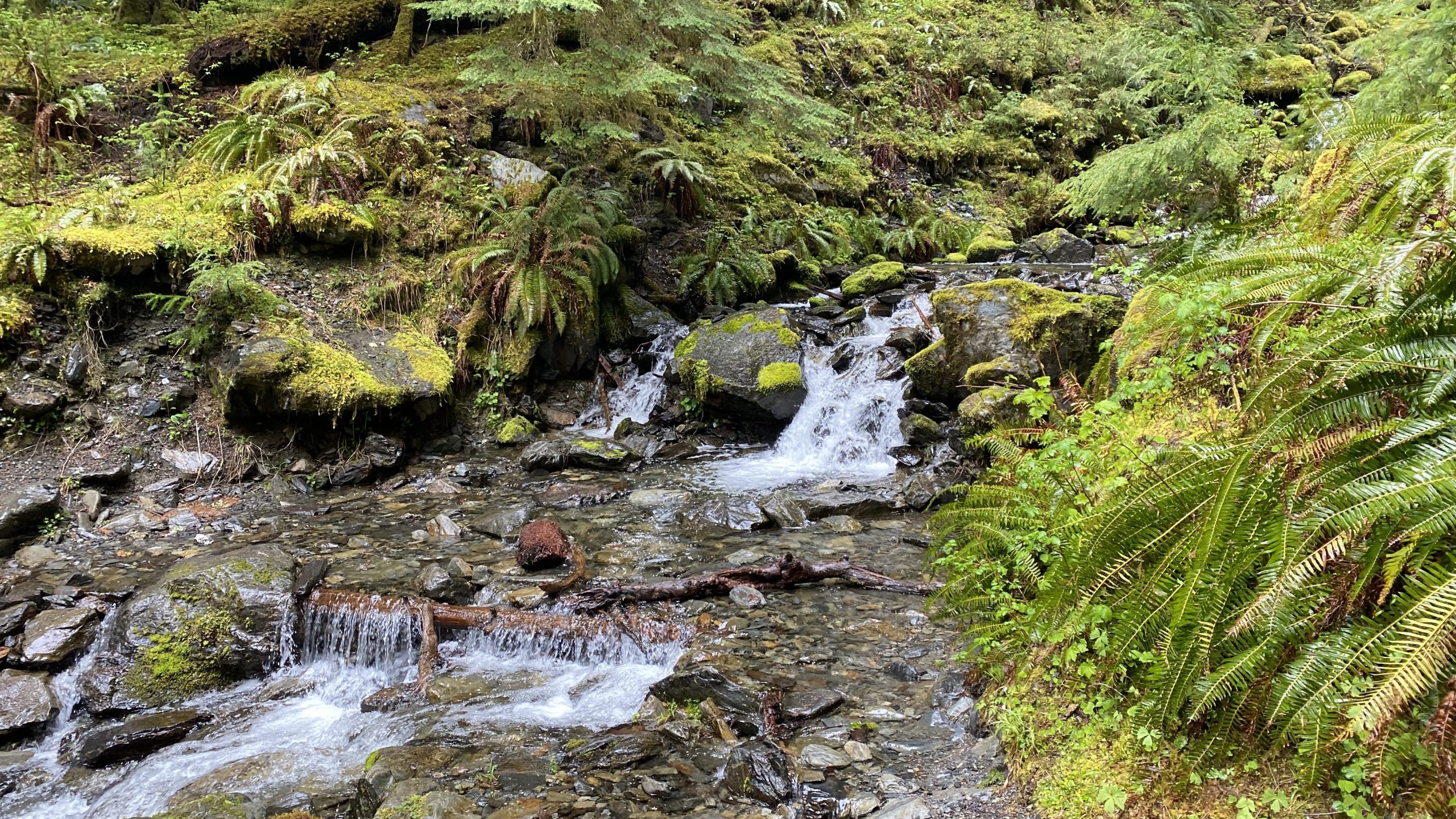Ten Essentials
The Ten Essentials of hiking is a collection of things to bring with you on every trip into the outdoors. Even on short day hikes, these items help you be prepared for any potential issue that could keep you out in the wilderness for longer than you planned.
Navigation
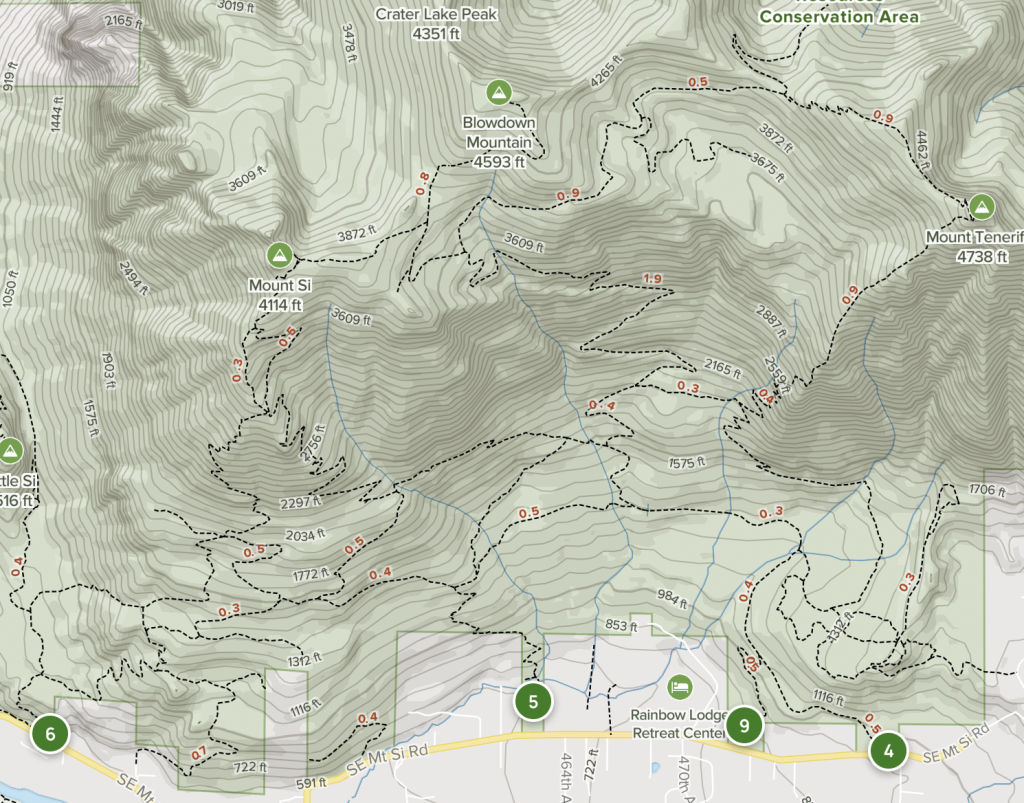
From getting off-trail to knowing how far you have to go before reaching the car, having a plan for finding your way is crucial on excursions into the outdoors.
Many hikers use online or app-based map systems, like All Trails or Hiking Project, that allow them to use the GPS on their phone to follow their route. Satellite devices like Garmin’s InReach offer emergency contacting abilities as well.
If you’re familiar with orienteering, you can also use a map and compass to find your way.
Headlamp
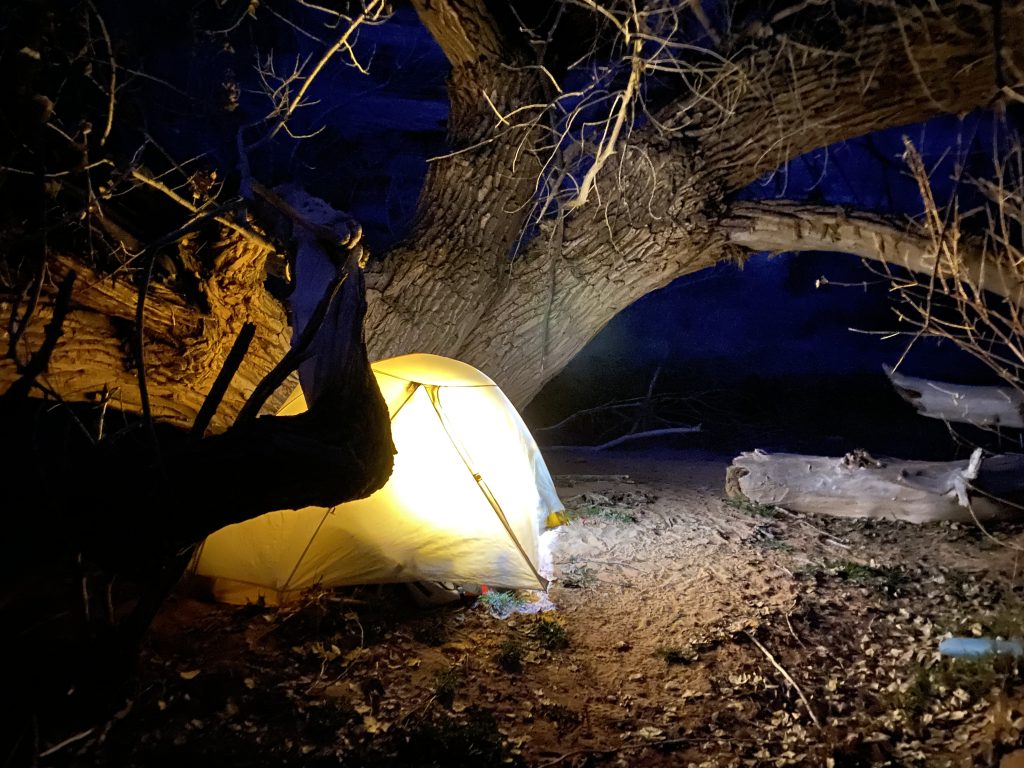
A headlamp or other light source should come on all your trips. If for any reason you find yourself out after dark, a headlamp or flashlight could be the difference between getting back to your car and going home, or spending a long, cold, unplanned night in the forest.
Make sure you bring extra batteries for your headlamp so you can replace them if necessary.
First Aid
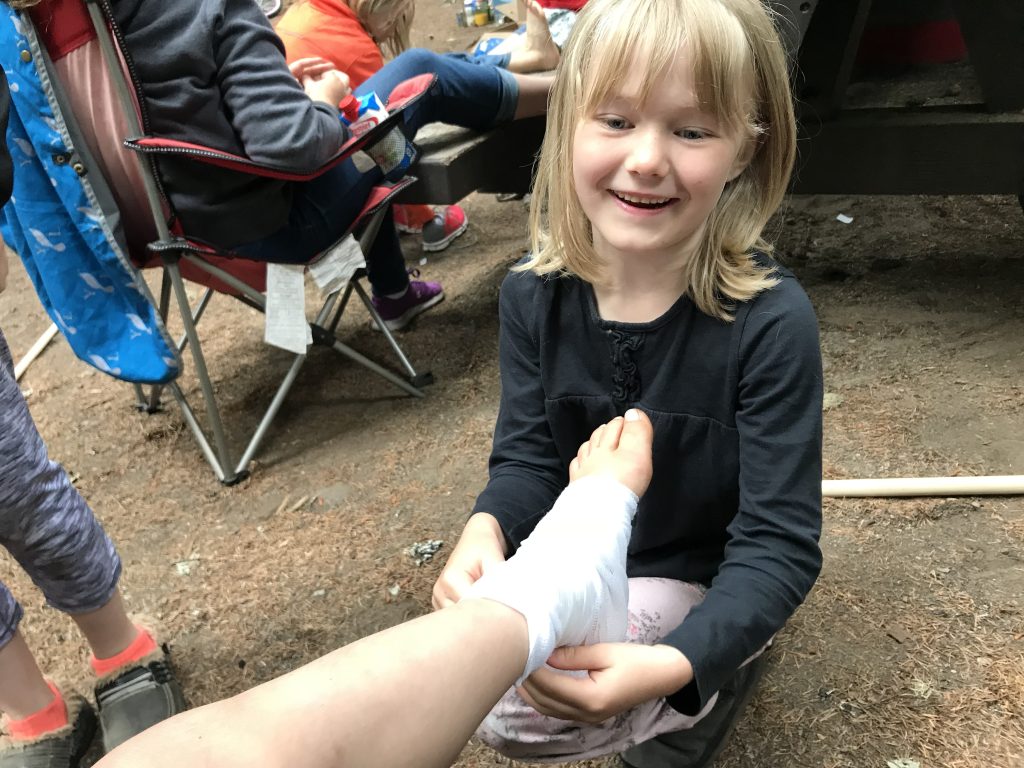
Be prepared for common injuries while hiking, whether it’s yourself, your group, or someone you meet on the trail.
Some of the best things to have in your kit are moleskin or blister tape, antibiotic ointment, finger bandaids, athletic tape, an ace bandage, sterile gauze, and a CPR mask.
Water
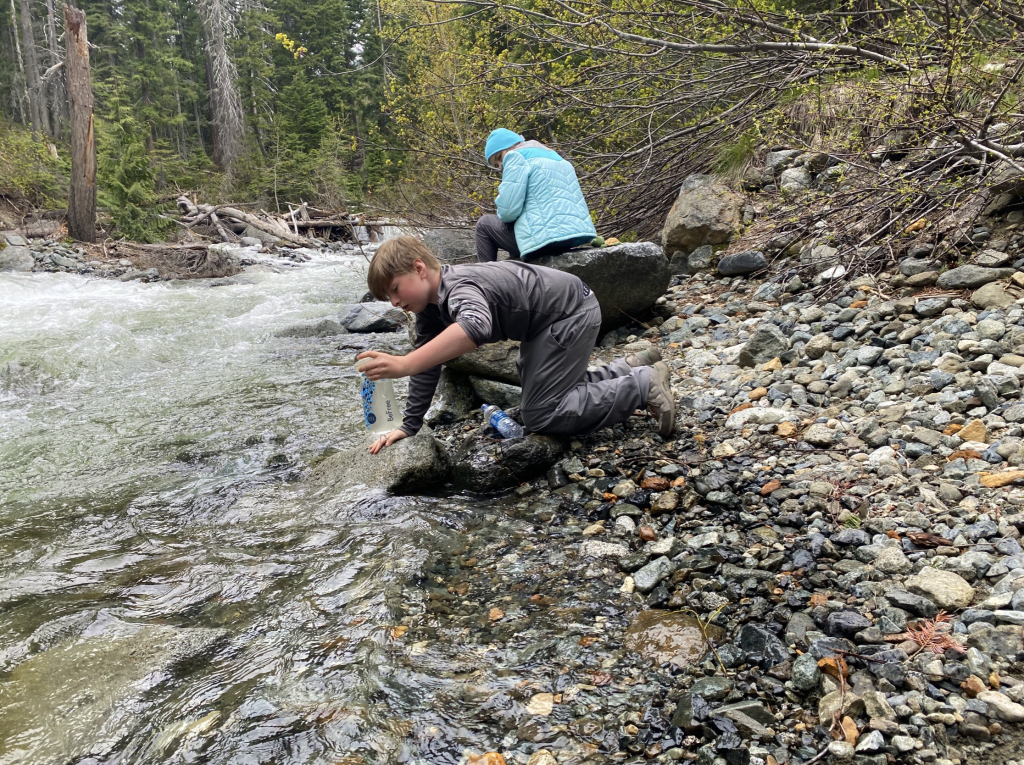
Having enough water can be one of the biggest things to make or break a hike.
Pay attention to available water sources. It is always a good idea to carry about two liters with you, but in some desert environments, you may want to have three or even four liters of water.
If you are hiking somewhere with plenty of available water, carry a filter or other type of water treatment so that you are able to safely refill your water bottles.
Extra Clothing
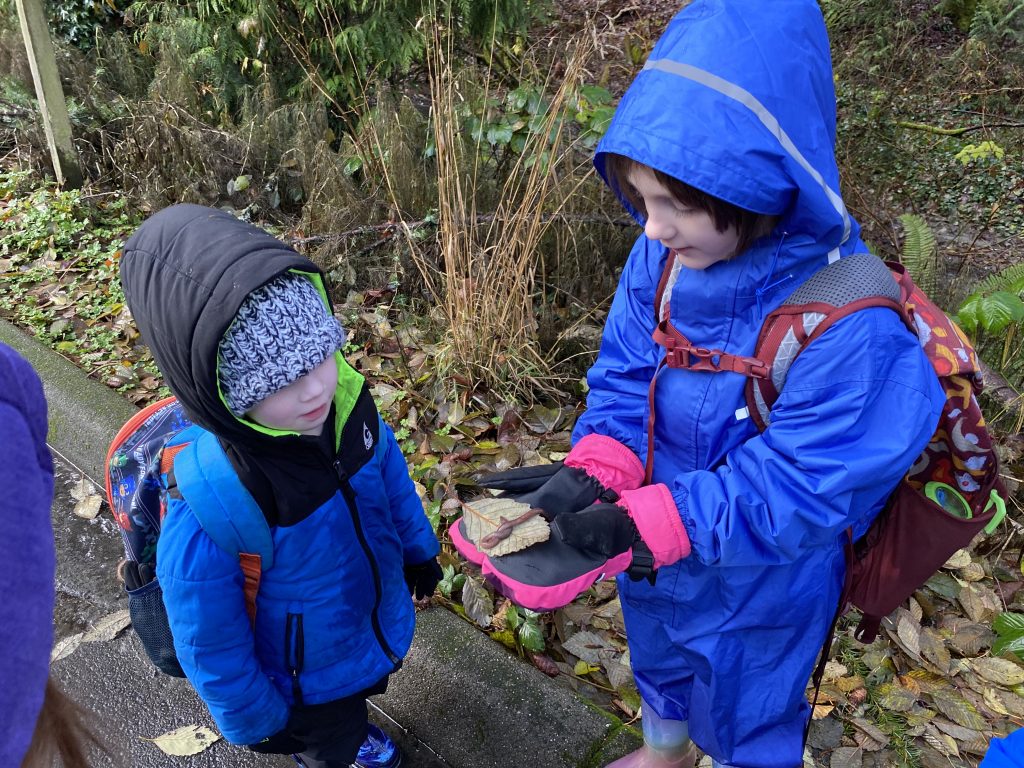
Even if you are hiking in the summer, weather can change fast, or you could find yourself spending an unexpected night.
Carrying a light insulating layer, a rain shell, a beanie, and an extra pair of socks is a good start for summer hikes. Check the weather before you head out, and make sure you are bringing clothing to keep you warm and dry if the weather is worse than expected, or if you end up sleeping out of doors.
Emergency Shelter
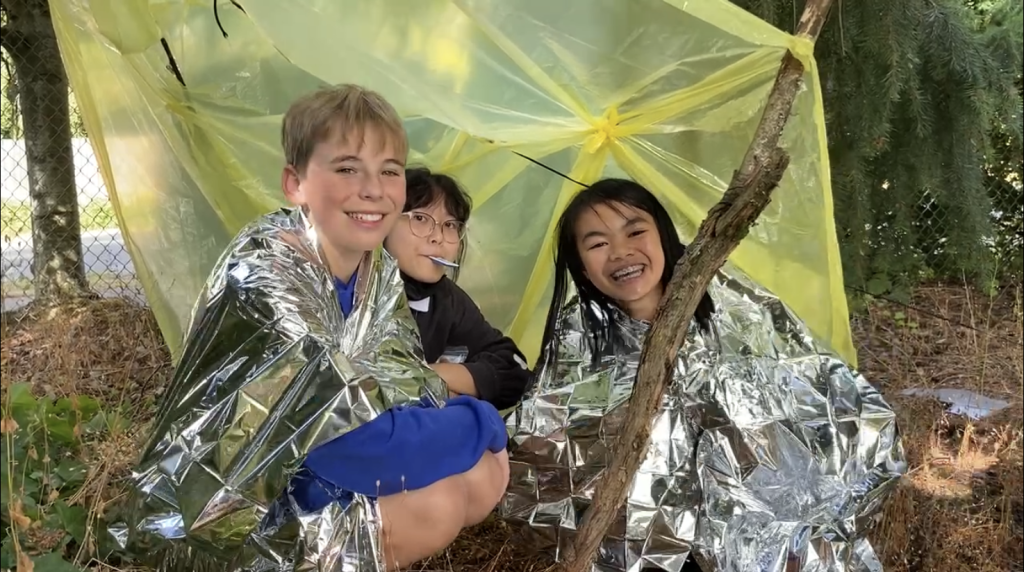
Emergency shelter can be life-saving if you end up spending the night outside. With a light tarp, a space blanket, and some para-cord, you can build a makeshift tent that keeps you out of the elements.
Knife
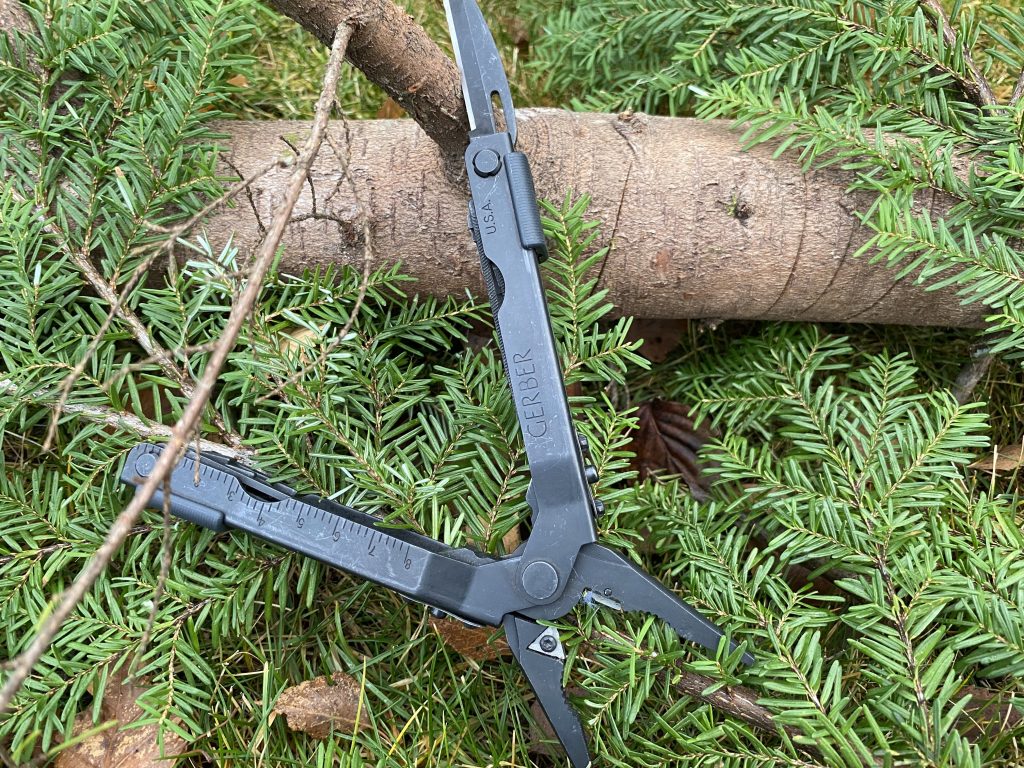
Carrying a multi-tool or even a small knife allows you to build a shelter or repair gear. It’s also a good idea to bring along some duct tape and para-cord that can be used to repair a backpack or tent.
Fire
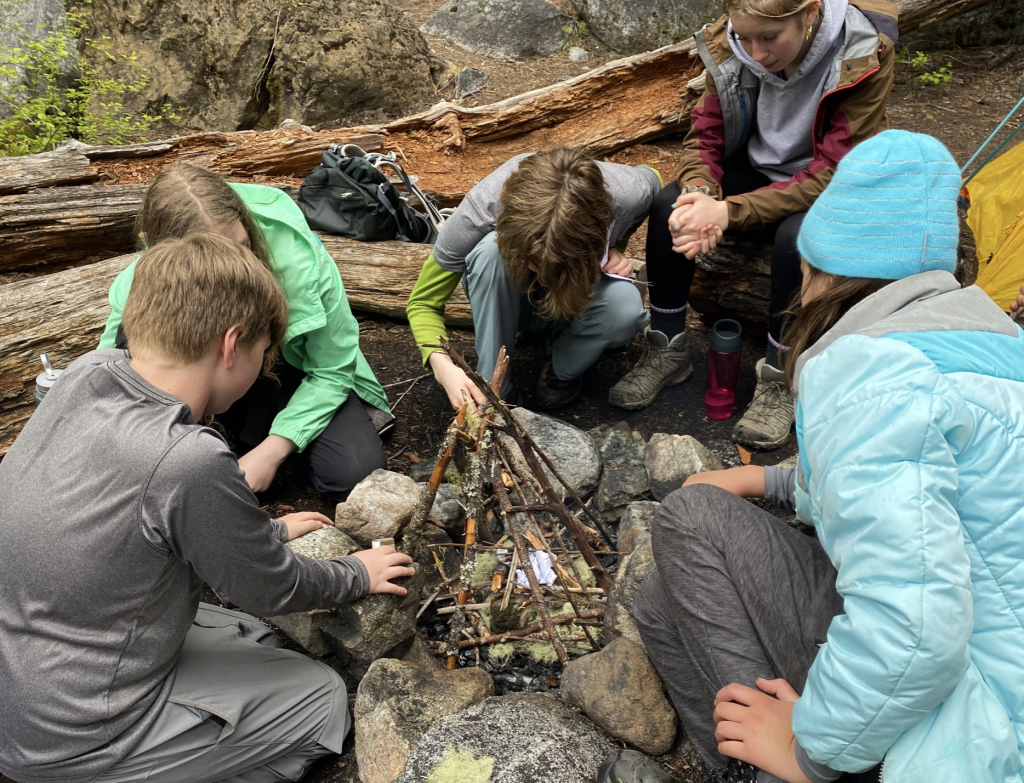
Having a way to start a fire means you can stay warm and even cook food if you are unexpectedly camping overnight.
Waterproof matches, a lighter, or flint and steel are all options that are easy to carry with you. Whatever you choose, practice building a fire with it ahead of time, and make sure you have what you need to get it started.
Carrying something flammable, such as dryer lint or a cotton ball soaked in petroleum jelly, is also a good idea.
Extra Food
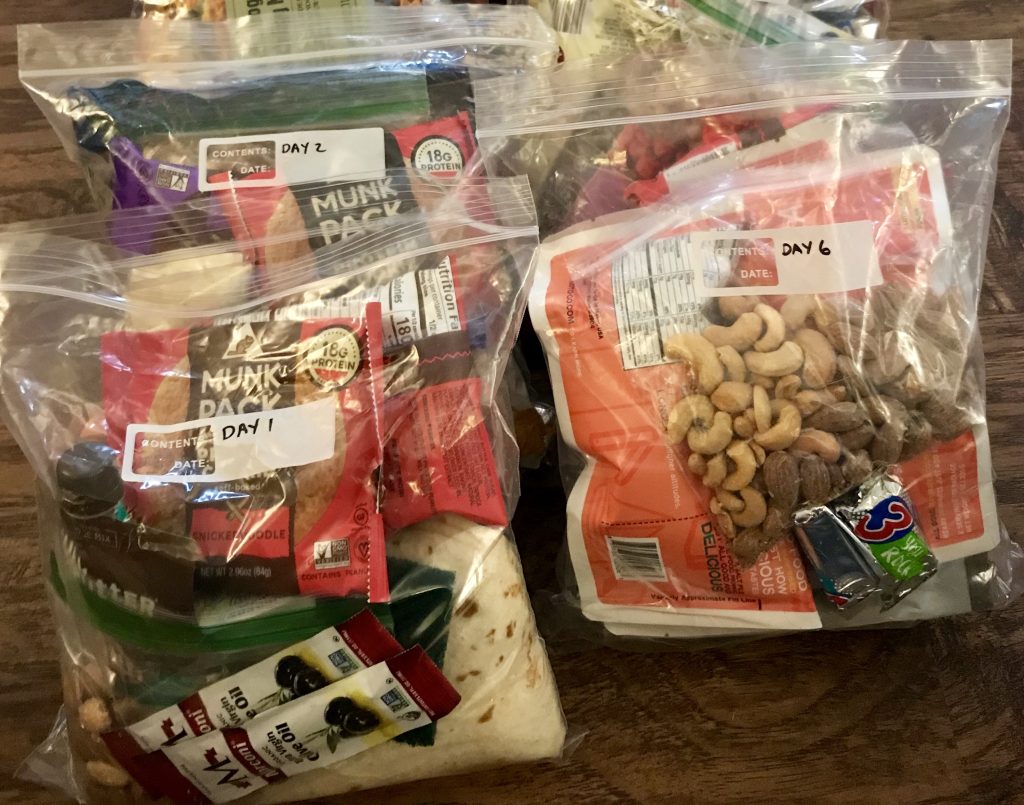
It’s always a good idea to have enough extra food to feed yourself for one more night than you expect to be out there.
Even if it’s just an extra bar and a backup bag of ramen, keep more food in your backpack than you expect to need.
Sun Protection
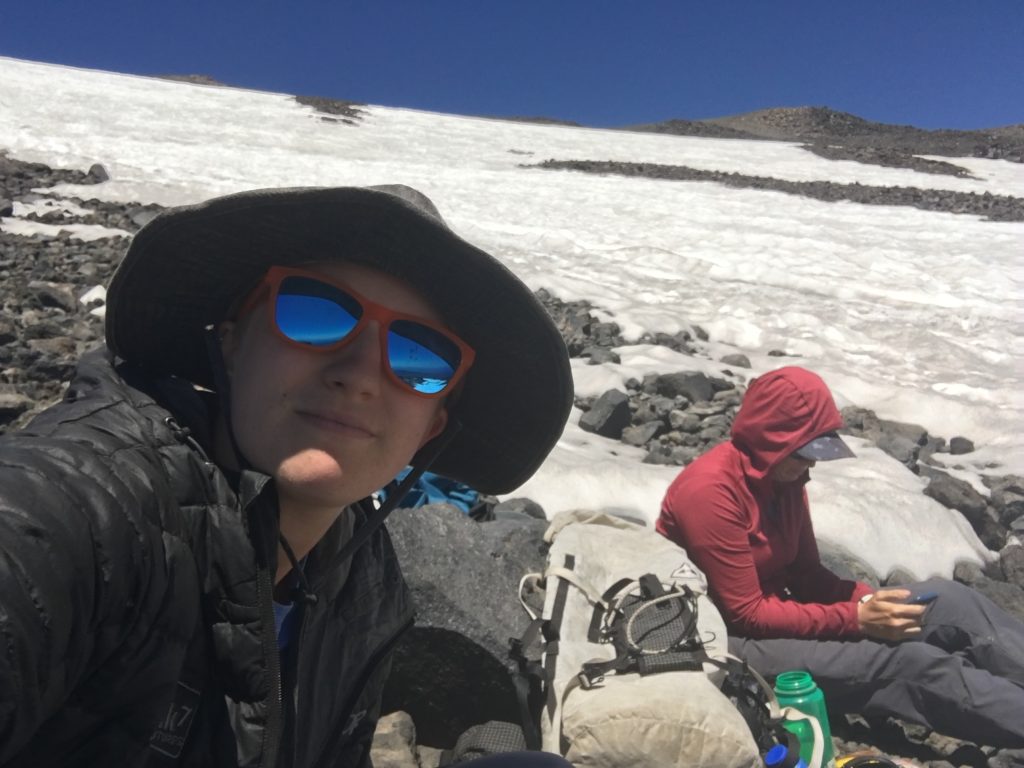
Most of the other essentials focus on the elements, but don’t forget to protect yourself from the sun as well. Bringing sunglasses, a brimmed hat, sunscreen, and chapstick is a good idea whether it’s summer or winter. The sun is often out at higher elevations even if it is raining in the valleys, and light reflecting off snow can cause sunburn, stinging eyes, and even temporary blindness if you don’t have protection from it.


